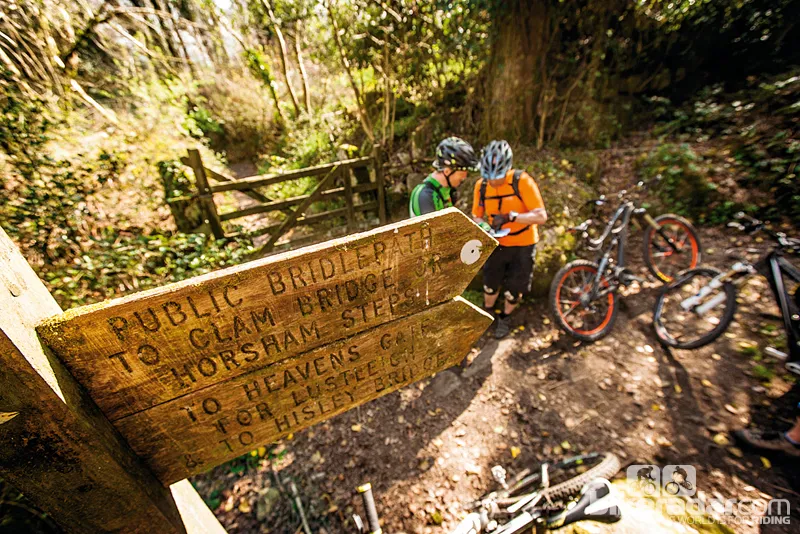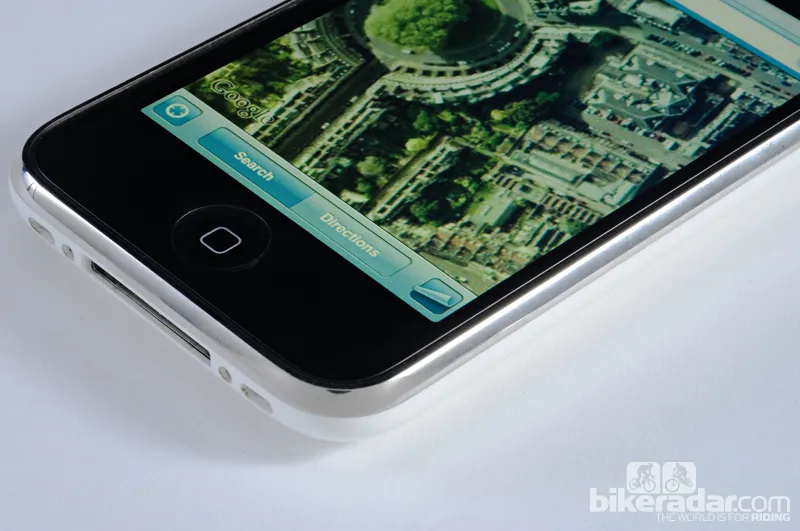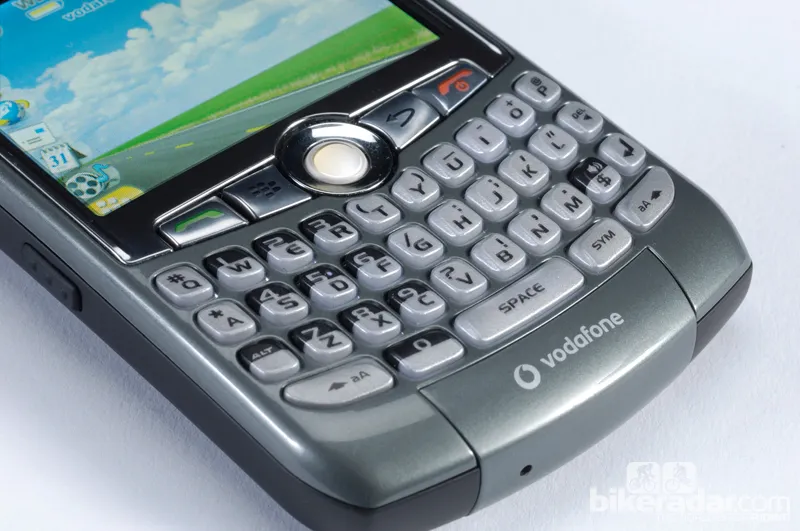Whether you’re a mountain biker, roadie or commuter, chances are you’ll have considered using a GPS unit to track your location and plan ride routes. But with smartphones seemingly taking over the world, are you better off just using your mobile, saving money and weight by not having to fork out on another gadget?
In a gadget-strewn world, only needing a smartphone for your ride could be a real plus. And, of course, you still get the added benefits of web access, a camera, and video and voice recording.
In terms of geolocation functionality, smartphones simply won’t compete with the best dedicated GPS units. However, smartphone GPS capability and the associated software have come on leaps and bounds in recent years, and are now at a stage where many of the basics are performed well and reliably.
On the downside, smartphones are expensive, and the vast majority are neither weather- nor shock-proof. Battery life is also usually poor compared to many dedicated GPS devices.
How can cyclists use smartphones?
While combined mapping and performance stats apps are the two main bike-relevant functions on smartphones, you might also want to stay connected on the go. This can be especially useful if you run into trouble on a ride and need to contact someone, or want to share riding shots or videos before you get home.
The much improved data transfer rates of today’s 3G (3rd Generation) mobile wireless technology mean calls, internet access and email are now feasible on the move, although not always cheap. Add some tailor-made mapping software such as Viewranger and you extend your handset’s bike-friendliness even further.

GPS features on your smartphone can allow you to dispense with paper maps
Viewranger-style software enables you to store several countries’ worth of maps at various scales on your smartphone, freeing up valuable space in panniers or packs. Plus, advanced features such as BuddyBeacon mean friends and family (or anyone with an internet connection) can keep track of your progress – your phone can be set to emit a location signal at regular intervals, which will then appear online.
Such apps are free but with various options to buy 'premium' maps. These are often more useful for touring, showing features such as height info and other useful landmarks.
There's also a huge range of cycling apps that can be viewed on your smartphone. BioLogic BikeBrain is one of the best, offering access to a plethora of performance-related ride stats and GPS tracking on basic mapping such as Google.
GPX files (the common file format for transferring location data) can also be downloaded and used on smartphone mapping apps, including ones from route sharing websites such as Bikely.
Battery life, commuting and touring solutions
In use, smartphones often have a relatively low battery life, which is one of their biggest drawbacks from a cycling viewpoint. Stopping to call, text or use the internet, not to mention relying on GPS function as you pedal, will dramatically reduce charge. However, there are some solutions…
BioLogic offer a range of recharging gadgets. For example, their beautifully engineered Joule II dynamo hub (£88 / US$100) comes installed within a 20in front wheel and is made for 74mm dropouts – in other words, it’s a folding bike-sized part that might be of interest to many city sprinters.
The company’s accessories would also do well for light touring, but weekends spent camping with your bike will require more spare electrical capacity. A heavier duty take comes in the form of Busch & Müller's high quality E-Werk, or for prolonged spells away from the mains you might want to consider one the larger XPAL packs.

